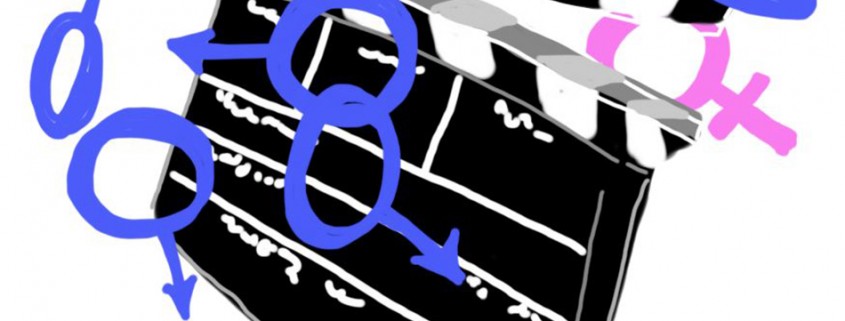New report shows the darker side of television
Though many applaud the diverse roles television showcases, there is a much darker truth that lies behind the camera. A few weeks ago, the Director’s Guild of America published its latest report, which looks into the gender and ethnicity of directors in television and other internet networks such as Netflix and Amazon. During the 2014-2015 TV season, women directed 16 percent of shows, as opposed to 14 percent last year. While this is an increase, the improvement is too little too late.
“It is just a drop in the bucket,” said Paris Barclay, president of the DGA.
Female TV directors are swimming in a pool of male dominance accompanied by little to no racial minority representation. And while female TV directors made a small improvement, the same cannot be said for minority groups in television. The DGA reported that minorities, both male and female, directed 18 percent of all episodes, a drop from the previous year.
In regard to the inequality of women and minority groups in film production, Barclay said, “Without employers making a concerted effort to bringing a more diverse mix of new entrants to the hiring pool, we will not see meaningful and lasting change.” Though Barclay’s words ring true, little has been done to rectify the situation.
The report also includes a “Worst Of” list composed of shows that hired women or minority directors for fewer than 15 percent of episodes. Some shows on this list did not hire a single woman or minority all season. Boardwalk Empire, It’s Always Sunny in Philadelphia and Supernatural are among the television shows featured on this list. Lucrative television shows do not feel the need to diversify as long as their success continues.
The report also shines a light on the “Best Of” list, which includes shows that hired women or minority directors for at least 40 percent of episodes. Homeland, Madam Secretary and Modern Family are among the shows listed. All of these shows highlight how people of diverse backgrounds can come together to produce nuanced television. This is executed by making the conscious effort to portray characters with varying backgrounds.
At the bottom of the report, the DGA includes a diversity statement that reads, “We believe storytelling should be as diverse as the world around us, and that a critical mass of different perspectives on screen is vital for the wellbeing and development of society.” One day, television will reflect the diverse world we live in, but that day is not today.
Hollywood has been in need of diversity since its inception. Though years have passed, the inequality of women and minority groups has persisted. This lack of female and racially diverse representation in film production distorts the image of those groups in film and television. It is time for women and minority groups to be given the chance to take control of their representation in film and television, which will promote a more accurate and honest portrayal of women and racialy diverse groups.
Meanwhile, film students here are affected by the lack of women and minority representation in film production. Students are given the daunting task of shaping the future of film production — the embodiment of the fast-paced, nuanced world around us that can ultimately propel social change. Current USC film students will forge their own path in an industry that is in need of change. In light of this report, film students should welcome the opportunity to promote diversity in film production.
Hopefully in the years to come, greater strides will be made in the film and television industry. It is important to point out the inequality that still persists in film production, but it is by far more essential to act upon these feelings.

